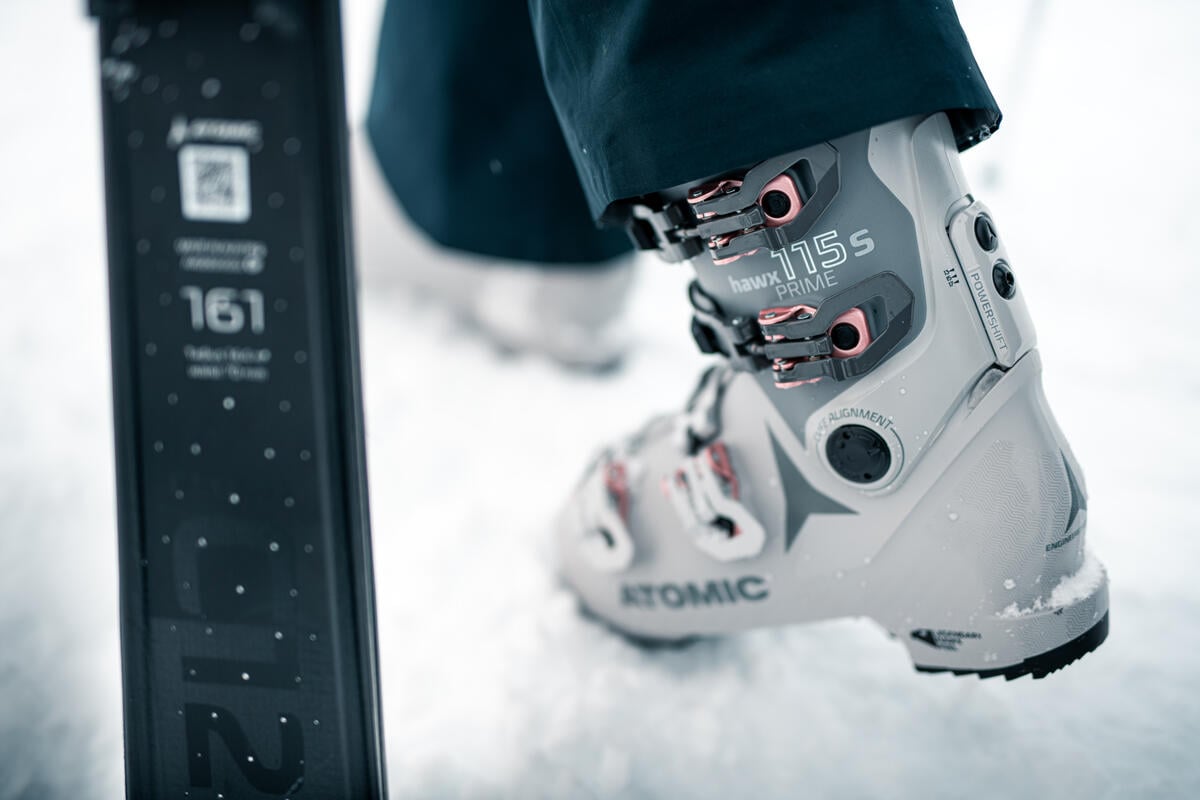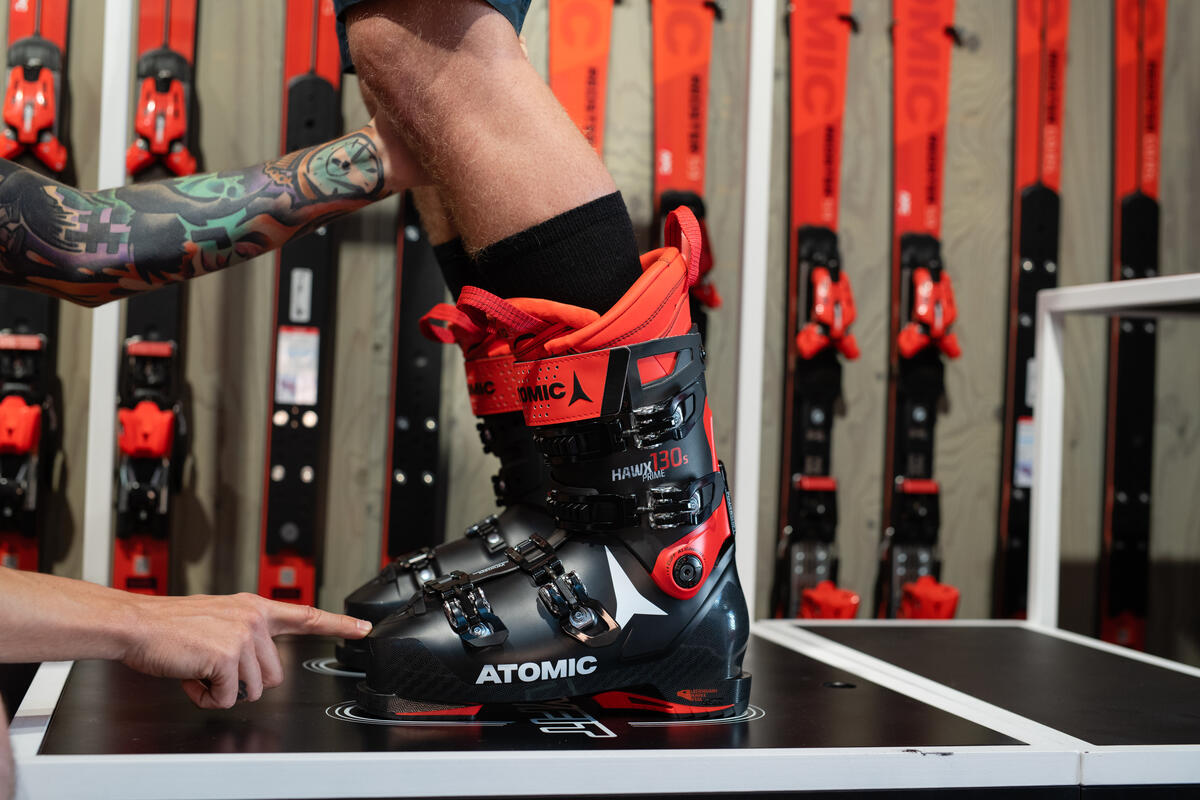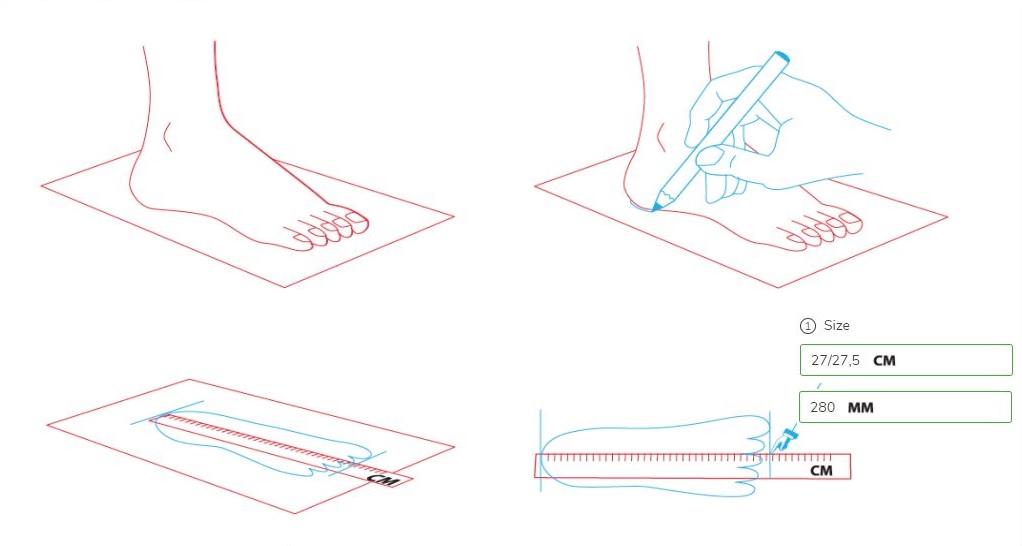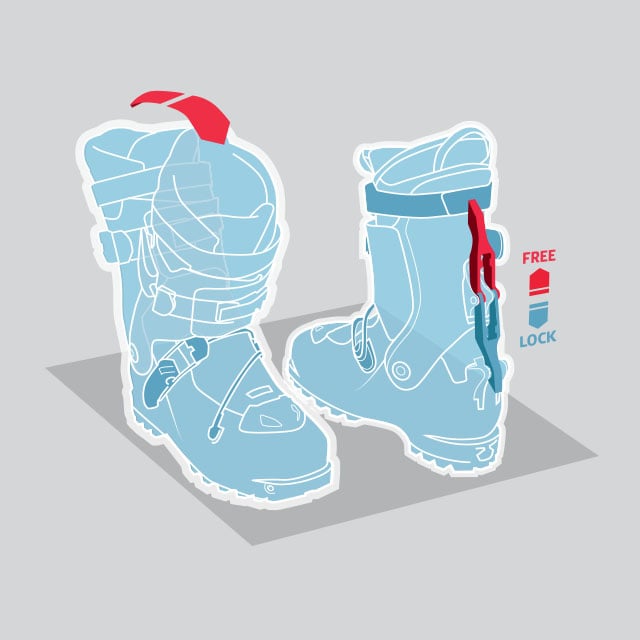Choose country for shipment delivery
-
All categories
16
All categories
-
Golf

-
Water Sports
 Water Sports
Water Sports- View all
- Paddleboarding
- Wakeboarding / Kiteboarding / Kneeboarding
- Water Ski
- Water Fun
- Inflatable Boats, Kayaks, Canoes
- Diving and Swimming
- Yachting Clothing, Footwear, Backpacks
- Safety
- Boat Fridges, Grills, Tableware for Boats
- Gifts, Books for Boaters
- Boat Engines and Acessories
- Boat Equipment and Accessories
-
Cycling

-
Outdoor

-
Fishing Tackle

-
Moto

-
Winter sports
 Winter sports
Winter sports -
Sports Merch

-
Running

-
Racquet sports

-
Ball Games

-
Skates and Accessories
 Skates and Accessories
Skates and Accessories -
Skateboards and Accessories
 Skateboards and Accessories
Skateboards and Accessories -
Floorball
 Floorball
Floorball -
Fitness

-
Sport Glasses

-
-
Golf
Golf
-
Water Sports
Water Sports
- View all
-
Sale deals and offers
-
Paddleboarding
-
Wakeboarding / Kiteboarding / KneeboardingWakeboarding / Kiteboarding / Kneeboarding
-
Water Ski
-
Water Fun
-
Inflatable Boats, Kayaks, CanoesInflatable Boats, Kayaks, Canoes
-
Diving and Swimming
-
Yachting Clothing, Footwear, Backpacks
-
Safety
-
Boat Fridges, Grills, Tableware for BoatsBoat Fridges, Grills, Tableware for Boats
-
Gifts, Books for Boaters
-
Boat Engines and AcessoriesBoat Engines and Acessories
- View all
- Outboard Motors
- Electric Engines
- Engine Accessories
- Outboard Brackets / Carriers
- Propellers
- Tanks / Connectors / Hoses
- Oil Lubes / Grease
- Filters
- Engine Care
- Fuel Additives
- Spark Plugs
- Spare parts
- Impellers
- Anodes
- Fuel Pumps
- Oil Pumps
- Engine Covers
- Steering Wheels
- Engine Control Cables
- Mechanical Steering
- Engine Controls
- Hydraulic Steering
-
Boat Equipment and AccessoriesBoat Equipment and Accessories
-
Cycling
Cycling
- View all
-
Sale deals and offers
-
Bicycles
-
Components / Parts
-
Helmets
-
Cycling Glasses
-
Clothing
-
Footwear
-
Cycling BackpacksCycling Backpacks
-
Bike AccessoriesBike Accessories
- View all
- Deals Bike Accessories
- Bike Locks
- Bike Lights
- Cycling Electronics
- Bicycle Bottles
- Bicycle Bottle Holders
- Bike Trainers / Accessories
- Cleaning and Maintenance
- Bike-Tire Repair Kits
- Bicycle Tools and Multitools
- Pumps
- Bicycle Bells
- Bicycle Mirrors
- Frame Protection
- Bicycle Fenders / Mudguards
- Bicycle Carriers
- Child Seat and Trailers
- Bicycle Bags
- Cyclo Carriers
- Bicycle Racks and Holders
-
WheelsWheels
-
Scooters
-
Electric Vehicles
-
Outdoor
Outdoor
- View all
-
Sale deals and offers
-
Outdoor ClothingOutdoor Clothing
-
Climbing
-
Outdoor Shoes
-
Backpacks / Bags / RucksacksBackpacks / Bags / Rucksacks
-
CampingCamping
-
Hammocks
-
Binoculars
-
Outdoor SunglassesOutdoor Sunglasses
-
Equipment and AccessoriesEquipment and Accessories
-
Moto
Moto
- View all
-
Sale deals and offers
-
Motorcycle HelmetsMotorcycle Helmets
-
Electronics
-
Moto ClothingMoto Clothing
-
Bags / BackpacksBags / Backpacks
-
Safety
-
Garage
-
Motorcycle Equipment for Women
-
Leisure / Gifts
-
Auto-eletronics
-
Motorcycle GlassesMotorcycle Glasses
-
Fishing Tackle
Fishing Tackle
- View all
-
Sale deals and offers
-
Fishing Rods
-
Fishing Reels
-
Sea FishingSea Fishing
-
Bivvies and AccessoriesBivvies and Accessories
-
Fishing Clothing
-
Lures / BaitsLures / Baits
-
Fishing EquipmentFishing Equipment
- View all
- Bait Boats
- Fishfinders / Sonars
- Fishing Bite Alarms
- Tripods / Rodpods
- Unhooking Mats, Cradles
- Landing Nets
- Weigh Slings / Sacks / Keepnets
- Fishing Lines
- Pliers / Forceps
- Fishing Knives
- Fishing Floats
- Fishing Leads / Feeders
- Tackle and Tools
- Hooks
- Live Fish Boxes
- Weighing Scales
- Meters
- Tackle Boxes / Rig Boxes
- Disinfection
- Clips / Pegs / Swivel
- PVA Products
- Belly Boat and Accessories
-
Fishing Equipment for Women
-
Fishing Equipment for Children
-
Fishing GlassesFishing Glasses
-
Sport
Sport
- View all
-
Sale deals and offers
-
Sportswear
-
Sports Merch
-
Running
-
Winter sportsWinter sports
-
Racquet sports
-
Ball Games
-
Skates and AccessoriesSkates and Accessories
-
Skateboards and AccessoriesSkateboards and Accessories
-
FloorballFloorball
-
Darts and DartboardsDarts and Dartboards
-
Martial Arts
-
Fitness
-
Yoga and Pilates
-
Pools and Accessories
-
Alternative Sports
-
Horse RidingHorse Riding
-
HealthHealth
-
Sport Glasses
-
Sports Headphones
-
Sporttesters and Smartwatches
-
Straps for Sports Testers and Smart Watches
-
Hockey

 The boot must sit on the foot like a glove. Each person's foot is specific and any growth on the heel or a thicker ankle can significantly impair the comfort of the foot in the boot. If the foot does not feel good during skiing, even after 20 minutes, another boot should be tried. A reliable method of choosing a suitable shoe size is to wear a regular sock that we use in ski boots, stand on paper, and draw a footprint. The perpendicular measured between the heel and the longest toe reveals the exact length of the foot in cm.
The boot must sit on the foot like a glove. Each person's foot is specific and any growth on the heel or a thicker ankle can significantly impair the comfort of the foot in the boot. If the foot does not feel good during skiing, even after 20 minutes, another boot should be tried. A reliable method of choosing a suitable shoe size is to wear a regular sock that we use in ski boots, stand on paper, and draw a footprint. The perpendicular measured between the heel and the longest toe reveals the exact length of the foot in cm. Shell width
Shell width
